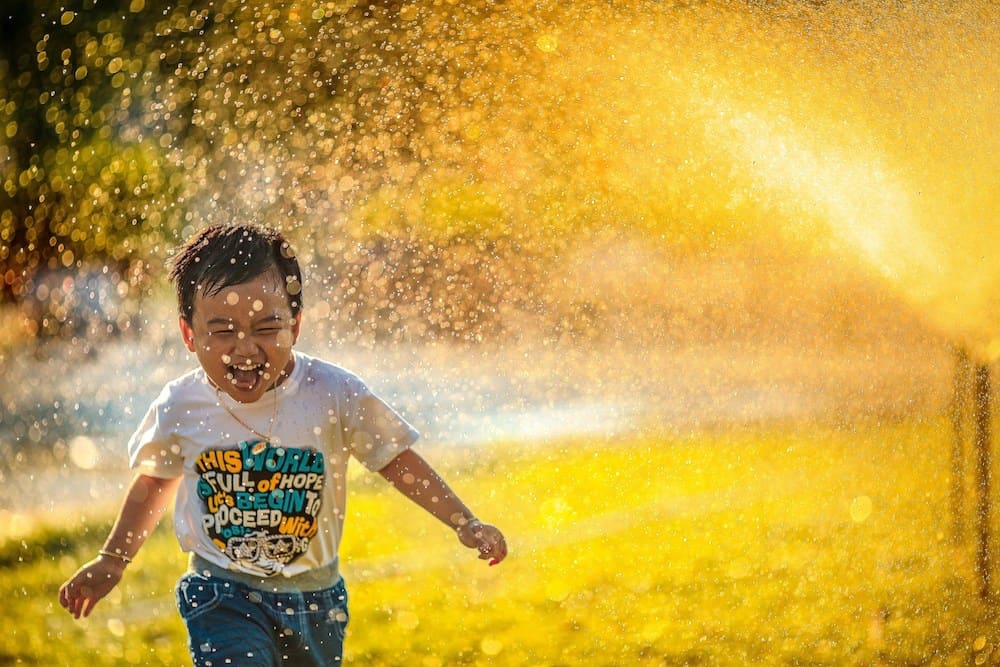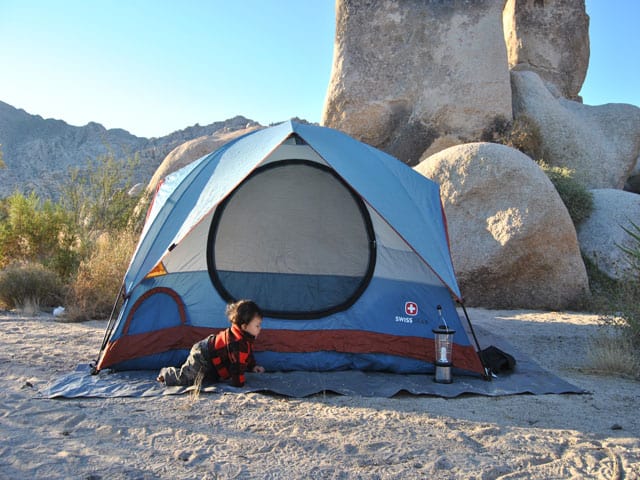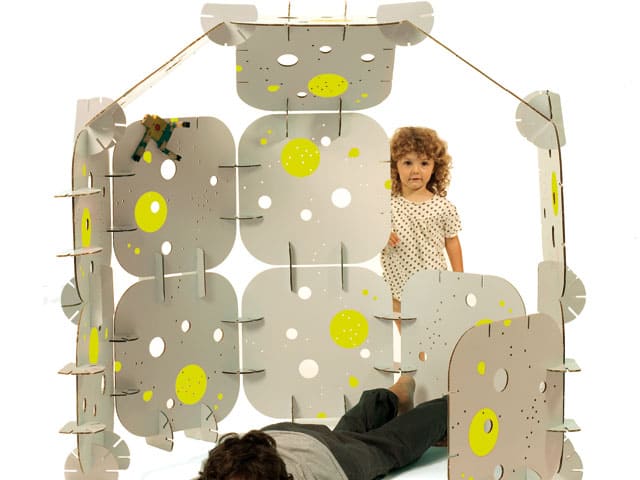
When the summer heat becomes unbearable, nothing beats the refreshing fun of water play activities. Not only do they provide relief from the scorching sun, but they also offer a great opportunity for children to engage in active play and learning.
Understanding the Importance of Water Play
The benefits of water play for children are numerous. Firstly, it helps improve their physical development. Water activities require children to use their muscles and coordination skills as they splash, pour, and play with water. This helps strengthen their motor skills and enhances their overall body strength.
Water play also offers a sensory experience, stimulating the senses of touch, sight, and sound. The different textures and temperatures of water create a rich sensory experience that can be both calming and stimulating for children.
But did you know that water play also has cognitive benefits? When children engage in water play, they have the opportunity to explore the properties of water, containers, and toys. This exploration stimulates their curiosity and encourages problem-solving skills. They can experiment with different water flow patterns, observe cause and effect relationships, and develop a deeper understanding of the world around them.
Water play is not just limited to physical and cognitive benefits; it also plays a significant role in emotional development. The soothing nature of water can help children relax and reduce stress. It provides a safe and comforting environment where they can freely express their emotions. Whether it’s joy, excitement, or even frustration, water play allows children to release their feelings in a healthy and constructive way.
Benefits of Water Play for Children
Aside from physical development, sensory stimulation, and emotional well-being, water play offers several other benefits for children. It promotes creativity and imagination as they explore the possibilities of water, containers, and toys. Children can use their imagination to create stories and scenarios, enhancing their cognitive abilities.
Water play is also an excellent way to improve social skills. Whether playing with siblings, friends, or parents, water activities encourage teamwork, cooperation, and communication. It provides an opportunity for children to learn how to take turns, share toys, and problem-solve together.
Furthermore, water play can be a valuable learning experience for children. It introduces them to concepts such as buoyancy, density, and volume. They can observe how objects float or sink, learn about water conservation, and even experiment with simple water experiments like making bubbles or observing the effects of water pressure.
Safety Measures for Water Play
While water play is a fun and enjoyable activity, it is crucial to prioritize safety. Always supervise children during water play and make sure they are within arm’s reach at all times, especially if they are younger or inexperienced swimmers. Provide appropriate flotation devices if needed.
When setting up your water play area, ensure that the water is clean and free from any contaminants. Regularly check the temperature of the water to prevent burns or discomfort. Additionally, make sure the area is clean and clear of any potential hazards, such as sharp objects or slippery surfaces.
By following these safety measures, you can create a safe and nurturing environment for children to enjoy the many benefits of water play. So go ahead, let the water be their playground and watch as they explore, learn, and thrive!
Setting Up Your Water Play Area
Creating a dedicated water play area will enhance the overall experience for your children. Here are some key considerations when setting up your water play area.
Choosing the Right Location
Find a suitable location in your backyard that is safe for water play. Ideally, choose an area with a flat surface to avoid water pooling and potential accidents. Consider the proximity to a water source for filling and refilling water containers.
In addition, provide some shade to protect children from direct sunlight. This can be achieved using umbrellas, canopies, or even positioning the play area under a tree.
Necessary Equipment for Water Play
To create an exciting water play area, you will need some essential equipment. These can include inflatable pools, water tables, water sprinklers, and water balloons. Water toys such as buckets, shovels, and water guns can also add to the fun.
Investing in quality equipment will ensure durability and a better water play experience. Look for products made from non-toxic materials that are suitable for children’s use.
Fun and Easy DIY Water Play Activities
Water Balloon Games
Water balloons are a classic water play activity that never fails to entertain. Fill balloons with water and set up various games, such as water balloon toss, where children throw the balloons to each other without breaking them. You can also create a target game by hanging a large sheet and encouraging children to aim and hit it with the water balloons.
Another fun variation is a water balloon relay, where children pass the balloons between them using only their necks. The team that finishes the relay without breaking any balloons wins!
Homemade Water Slides
If you’re feeling adventurous, create a DIY water slide using a tarp, a hose, and some dish soap. Lay the tarp on a gentle slope, secure the edges, and wet it with the hose. Add a little dish soap to make it slippery. Children can slide down the tarp, landing in a small pool at the end. It’s a thrilling and refreshing activity that guarantees hours of laughter and excitement.
DIY Splash Pads
A DIY splash pad is a fantastic alternative to a traditional sprinkler system. Create your own splash pad using a large tarp or a heavy-duty plastic sheet. Secure it firmly to the ground and poke small holes across the surface. Attach a hose to provide a constant flow of water. Children can run and play in the water jets, cooling themselves off and having a great time.
Incorporating Learning into Water Play
Water play can also be an educational experience for children. Here are some ideas to incorporate learning into their water play activities.
Educational Water Games
Introduce educational games that combine learning with water play. For example, fill containers of different sizes and shapes with water, and ask children to pour the water from the larger container to the smaller one. This helps teach concepts like volume and measurement.
Another idea is to freeze small toys or objects in ice cubes and ask children to melt them using water. This activity promotes critical thinking and problem-solving skills as they figure out how to release the toys from the ice.
Teaching Water Safety through Play
Water play is an excellent opportunity to teach children about water safety. Incorporate simple water safety rules into their play, such as never going near the water without adult supervision and always wearing a life jacket when swimming. Use water play as a platform to introduce important water safety concepts, helping children develop essential life skills.
Cleaning Up After Water Play
After an exciting day of water play, it’s essential to clean up properly. Here are some efficient ways to dry up and store your water play equipment.
Efficient Ways to Dry Up
Allow the water play equipment to dry thoroughly before storing them. Drain any remaining water from pools, tubs, or containers. Hang up wet towels or other fabrics to air dry. Wipe down any plastic surfaces with a clean cloth to remove excess moisture.
If possible, position the equipment in direct sunlight to speed up the drying process. Remember to consider the safety of the area and the potential for sun exposure or other weather conditions.
Storing Your Water Play Equipment
To ensure the longevity of your water play equipment, proper storage is essential. Clean and dry all toys, water guns, and other accessories before storing them. Keep them in a dry, safe place, such as a storage container or a shed, to protect them from damage due to moisture or extreme temperature changes.
Inspect all equipment regularly to ensure they are in good working condition before the next water play session. Replace any worn or damaged items for the safety and enjoyment of your children.
With these DIY water play activities, you can transform your backyard into a haven of fun during the hot summer days. Remember to prioritize safety, encourage learning, and promote a sense of adventure. Create lasting memories as your children splash, laugh, and embrace the joy of water play!



